Top 5 Tips on How to Keep Lettuce From Wilting
How to keep lettuce from wilting, or using all of it before it wilts, is oftentimes a futile task. It's part of the reason that I don't really like buying lettuce. I live alone. I only feed myself. And I don't eat a single head of lettuce every week, let alone when it comes in bulk! (I'm looking at you Costco). This means that, pretty much every time that I buy lettuce, it goes bad and I end up throwing some of it out.
I absolutely hate wasting produce, though! If you've ever tried to grow anything for yourself, you would know all of the time, effort, and water that goes into growing a single head of lettuce? It's massive. And intense. And incredibly time consuming. Not to mention resource intensive. So, going through all of that just to throw it out? Isn't exactly ideal!
But every now and then I buy an enormous amount of it in bulk and then need to figure out how to keep lettuce from wilting. And there are actually tips and tricks to help prolong lettuce, whether you grow it yourself or buy it from the store or farmer's market.
A lot of the time people will swear by putting lettuce in the freezer to try and crisp it up again. But that means that it has already started to go bad. My best advice on how to keep lettuce from wilting proactively works to prevent this from happening in the first place. Instead of just trying to put a band aid on the issue.
1. Grow Lettuce Yourself
Obviously, the best way to keep lettuce fresh is to never let it go bad. The second that you pick lettuce, it starts wilting. This is unfortunately, but just an issue that you have to deal with when buying lettuce. And the easiest solution is not to buy it.
When you grow lettuce yourself, you avoid a lot of these pitfalls. You're just picking the leaves when you need them. And you avoid having to worry about the tedious problem of lettuce immediately beginning to wilt.
Now, this isn't the best solution for everyone. After all, it does require a yard, deck, windowsill, or a grow light setup. With the proliferation of at-home grow solutions? This is becoming more and more common, though. Even the smallest of apartments can usually come up with some way of growing lettuce. It really all boils down to a light source, relatively warm environment because lettuce does not like frost, and remembering to water it at least somewhat regularly.
This is by far the easiest way to never have to worry about wilting lettuce because it is always fresh. However, it does require some planning, forethought, and successive additional plantings to keep lettuce continuously growing. So, I do have other suggestions if this is not quite for you!
2. Put Lettuce in the Vegetable Crisper (Yes, Your Fridge Has a Vegetable Crisper!)
The next solution seems obvious, but it's oftentimes overlooked. The key to keeping a lot of lettuce fresh is to just keep it temperature controlled. And the best way to do this in the refrigerator is to put your lettuce in the vegetable crisper.
Almost all refrigerators have a drawer where you can adjust the humidity. Some refrigerators have 2 of these drawers because you can leave the air vents entirely open for fruits or entirely closed for vegetables and lettuce.
This is one of those things that not everyone realizes about their refrigerator. I have an incredibly small and I'm assuming cheap refrigerator! My apartment is dilapidated and largely falling apart, but you pay for what you get! And I am absolutely risking literally falling through the staircase at every moment. I wish that I was joking, but again, you get what you pay for. And there is give and take when trying to find even remotely affordable housing in this day and age. But I digress, the point here is that I have an incredibly cheap apartment with what I am assuming is also an incredibly cheap refrigerator! And even my refrigerator has an adjustable crisper drawer. Which means that yours likely does, too.
If you open the vents all of the way, this allows more air flow. Not quite as much air flow as the rest of the refrigerator, but air flow nonetheless. This is ideal for fruits, which oftentimes produce ethylene gases. A buildup of these gases causes produce to ripen too quickly. This is why your tomatoes and apples in the refrigerator are browning and spoiling. Also yes, tomatoes are a fruit. Don't get me started.
If you close the vents all of the way, this allows almost no air flow. This will increase the humidity in your drawer. While this is not what you're looking for for fruits! It is ideal for certain vegetables and lettuce. This is because these types of produce tend to dry out and wilt. Carrots, celery, and lettuce tend to have these issues. They don't typically over-ripen and rot, but lose so much moisture that they're no longer crisp and fresh. So, keeping them in higher moisture environments is essential.
3. Purée Lettuce w/ Oil & Salt
The next solution for how to keep lettuce from wilting is to not even try. Just purée it.
Puréed spinach or vegetable spreads are a great way to have the flavor or lettuce, without actually having to keep it fresh. I'm incredibly fond of this because it vastly increases the lifespan of the leafy green.
Lettuce tends to wilt, brown, and go bad rather quickly. Hence the entire point of this article. But, puréeing it avoids the vast majority of these issues.
First of all, you don't have to worry about the leaves wilting when they're no longer in leaf for.
And, second of all, puréeing the leaves also typically means adding oil and salt. Whether you're making Spinach Pesto, Spinach Pie, or Sautéed Spinach, you're typically adding ingredients that are natural preservatives.
Lettuce tends to be incredibly water-logged. This is why it wilts when it sits out, because it's losing water at a rapid pace and drooping as a result. Consequently, when you purée it, it tends to highlight this diluted flavor. One of the best ways to counteract this is simply to add olive oil and salt. While both of these ingredients make the lettuce taste better- and less watered down- they also help to extend the lifespan of the leafy green.
Oils and salts are natural preservatives and are commonly used in dehydrating meats, like jerkies, which then no longer need to be refrigerated to keep from spoiling. And, while I would still obviously recommend refrigerating puréed lettuce because you don't want to add so much as to overwhelm the lettuce! The same concept does apply and will make the lettuce last at least a week longer in the refrigerator than loose leaf lettuce.
4. Cook Lettuce
The flip side to puréeing lettuce is simply to cook it. Again, you're typically adding oils and salts, which preserve the lettuce. But you're also not expecting the lettuce to stay crisp and fresh. When you cook it, there is an expectation of wilting. After all, sautéed spinach is routinely called "wilted spinach" for a reason!
Lettuce tends to wilt in the first hour on the counter. This varies widely depending on the temperature. If it's a hot day or the lettuce is in the sun? It's going to start wilting pretty much immediately. If you've ever tried to have a freshly chopped lettuce salad at a barbecue, trying to keep lettuce cold enough to eat is indeed a task!
In the temperature controlled refrigerator, lettuce will typically last a few days. Exactly how long varies widely based on the type of green and the condition it's in when you get it home. Some lettuce is pristine and will last quite a while. While others have already begun to wilt in the bag and are only good for a day or two.
Most cooked lettuce will last for about a week in the refrigerator. This takes a lot of the guess work and painstaking effort out of trying to preserve fresh lettuce. I typically make these kinds of dishes with spinach ahead of time and then use it throughout the week in things like Dips, as the base for Salads, or to bake into Pizzas and Pies.
5. Buy Whole Lettuce & Place in Water
If you're not going to grow, immediately use, or cook lettuce? My single best piece of advice is to put it in water.
Now, this won't work for every single head of lettuce. Some lettuce has just been too knocked around for the root system to survive. And this process is typically not something that you can tell ahead of time. It varies drastically based on when the lettuce was picked, how it was handled during transport, and generally how much that it's been jostled around. None of which we're typically privy to ahead of time in the isles of the grocery store!
This particular head of lettuce came in a pack of 3 and only 1 survived. In fact, it even began to grow.
Lettuce can form roots and grow in water. I wouldn't necessarily count on this happening every time. But it is a great way to extend the life of your lettuce for days, weeks, or even months! And I highly recommend it when you want lettuce, but don't want to go to the effort of actually having to grow it. This is the training wheels version of that.
Just make sure to continuously replace the water that the lettuce is sitting in. This makes sure that the water doesn't evaporate or is completely absorbed by the plant. It also makes sure that the water doesn't stagnate and begin to rot the lettuce, though.
This is the best method that I've found on how to keep lettuce from wilting when you still want to be able to use the leaves.
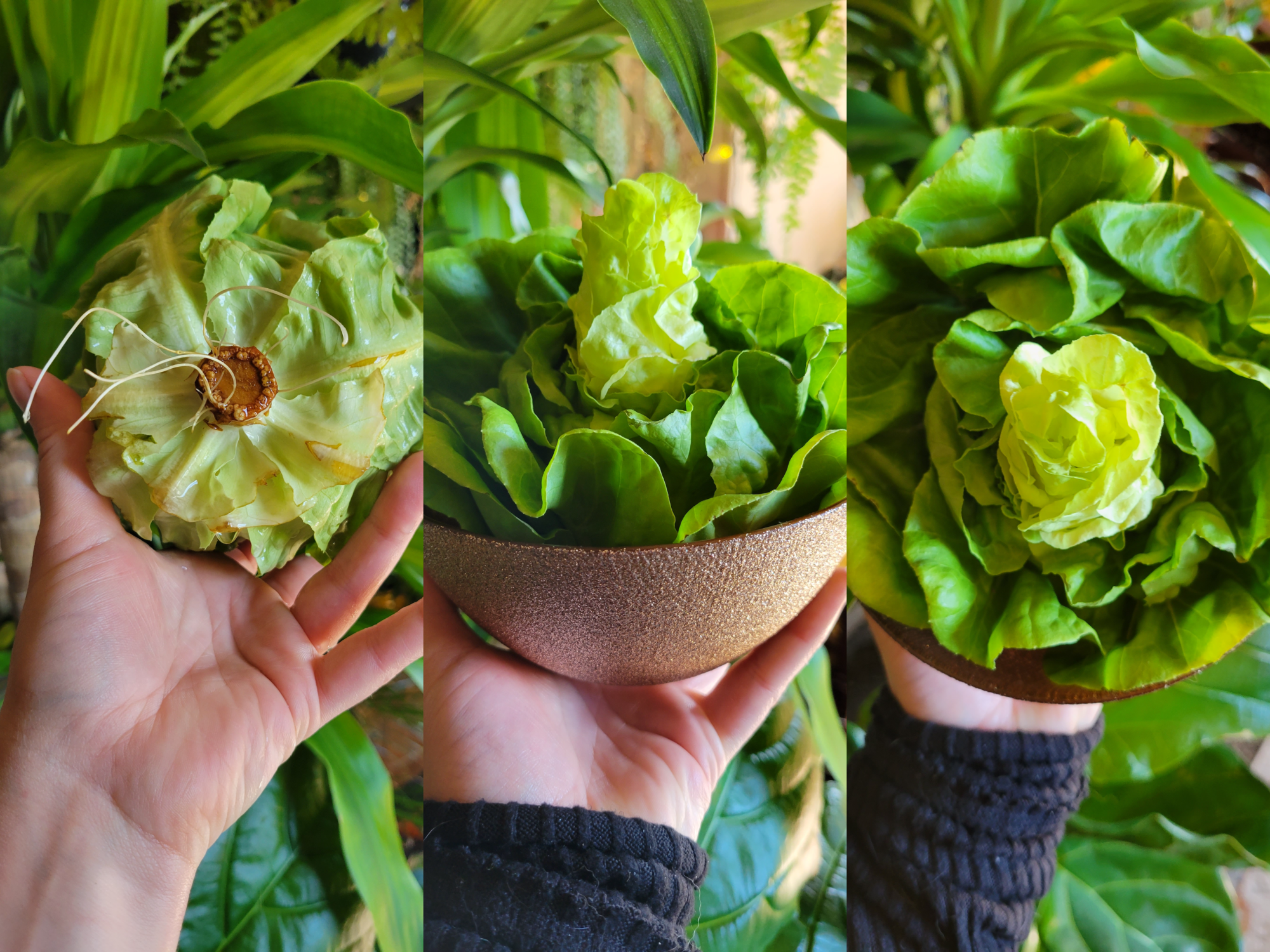


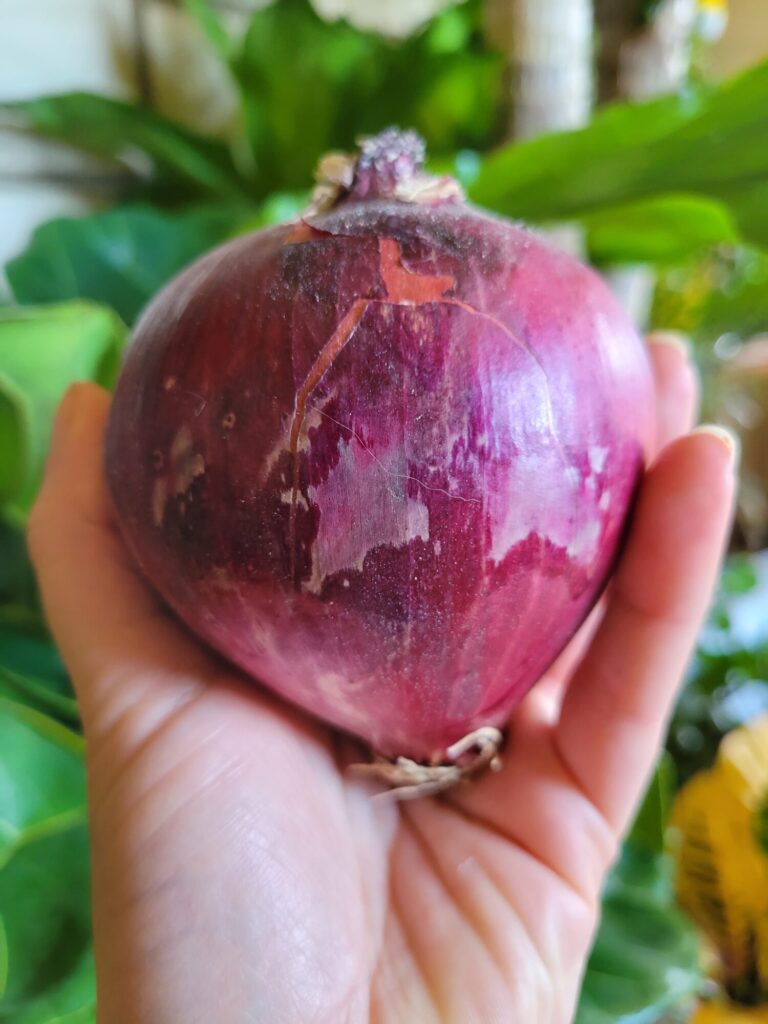
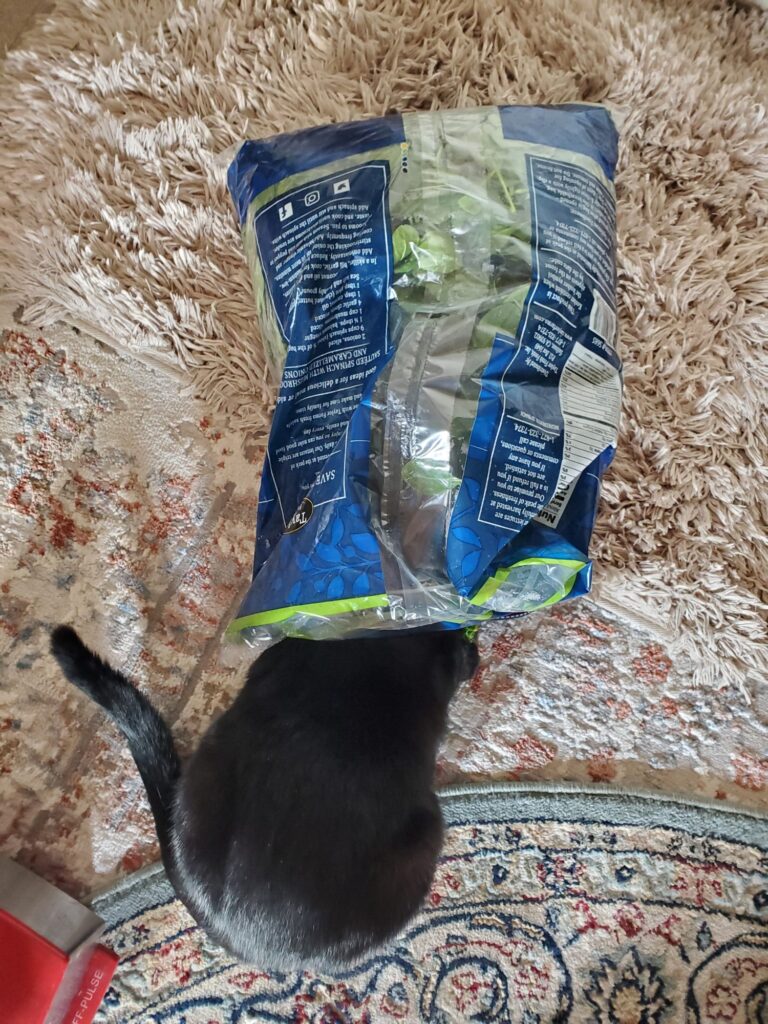

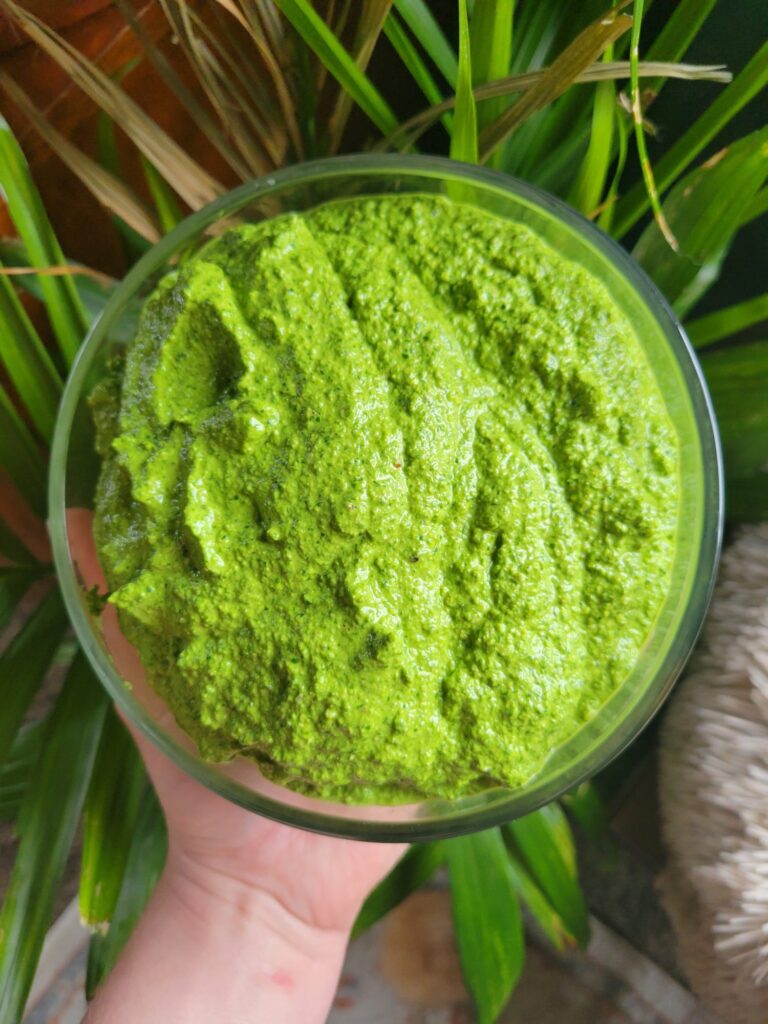
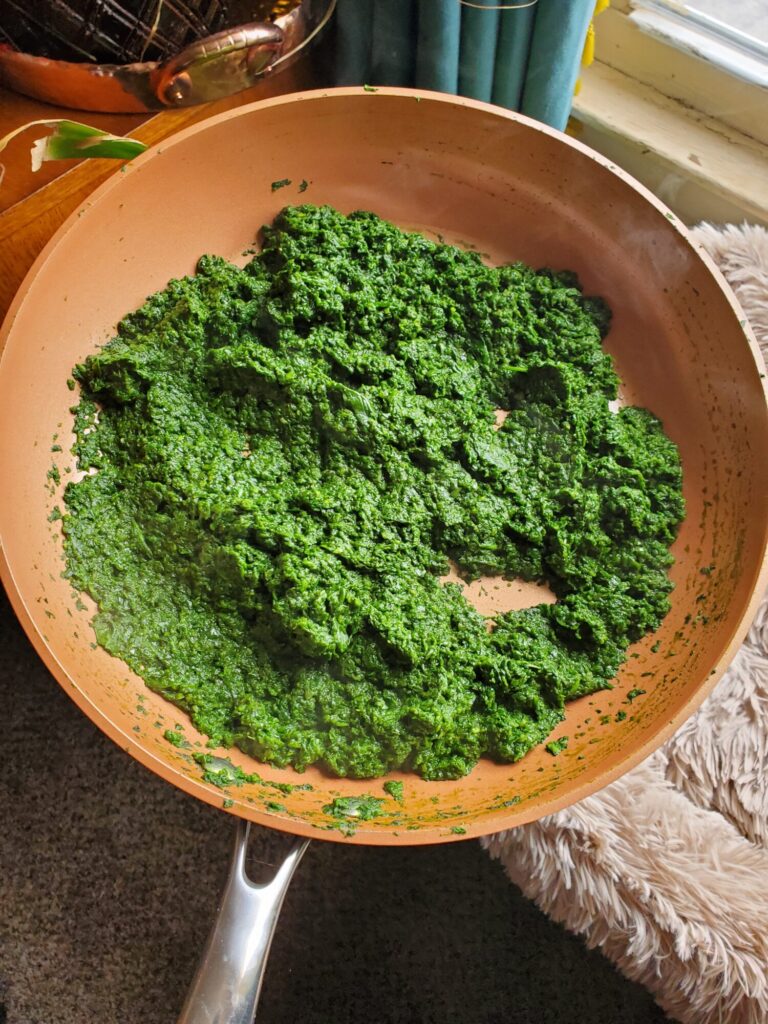
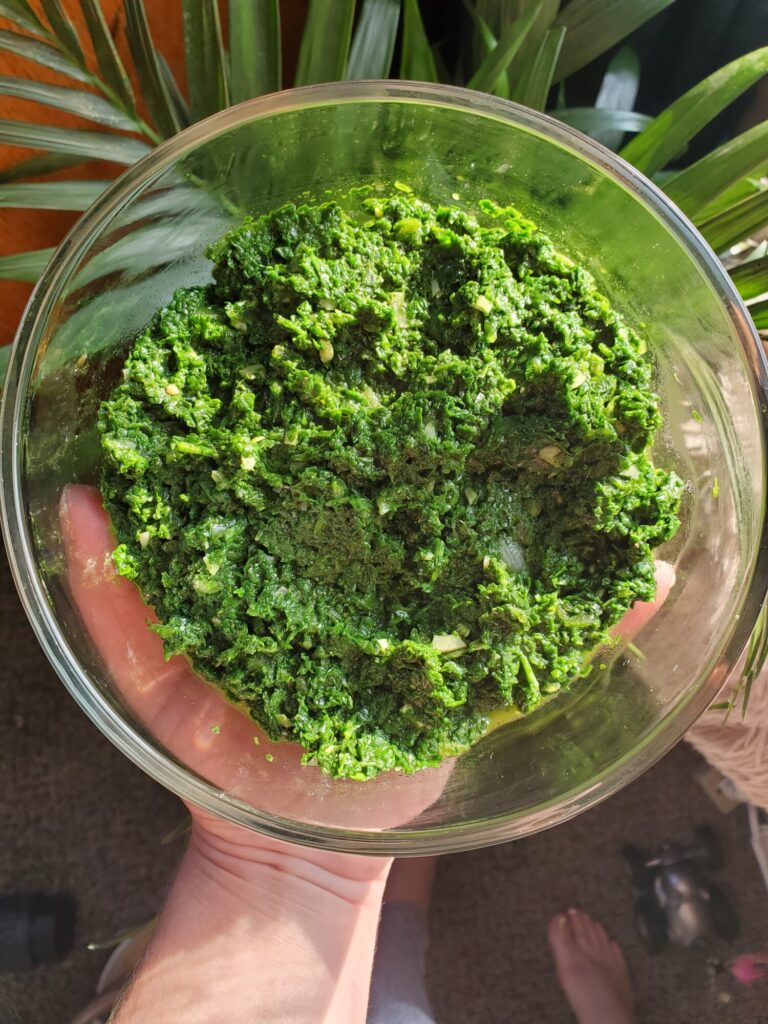
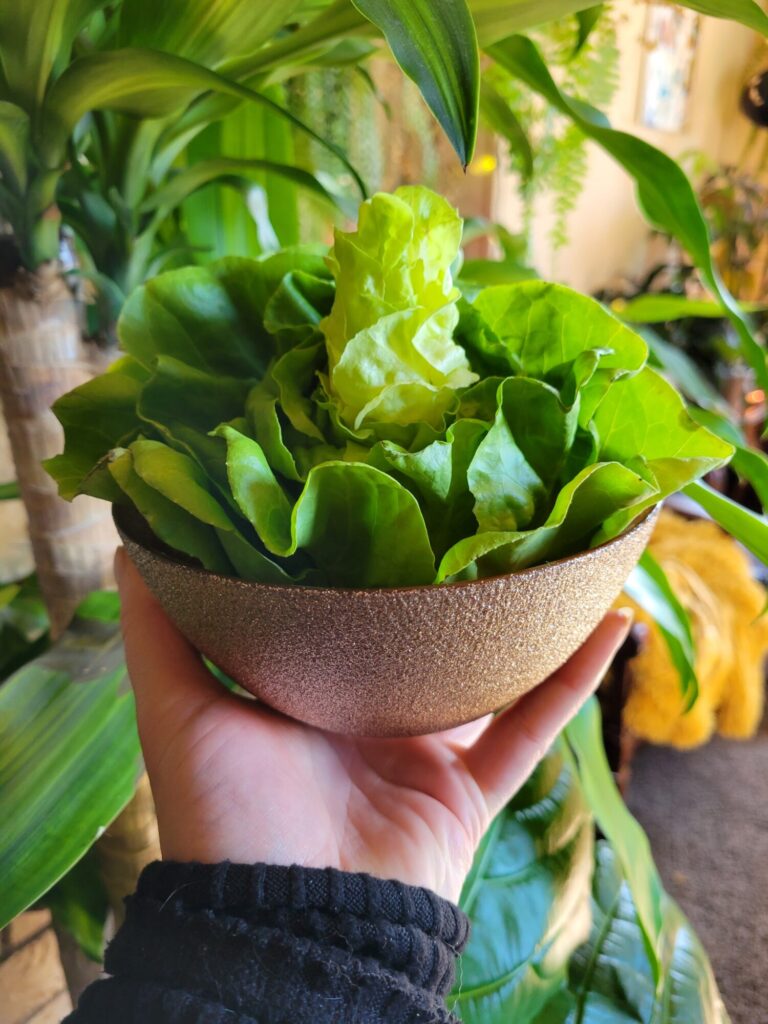
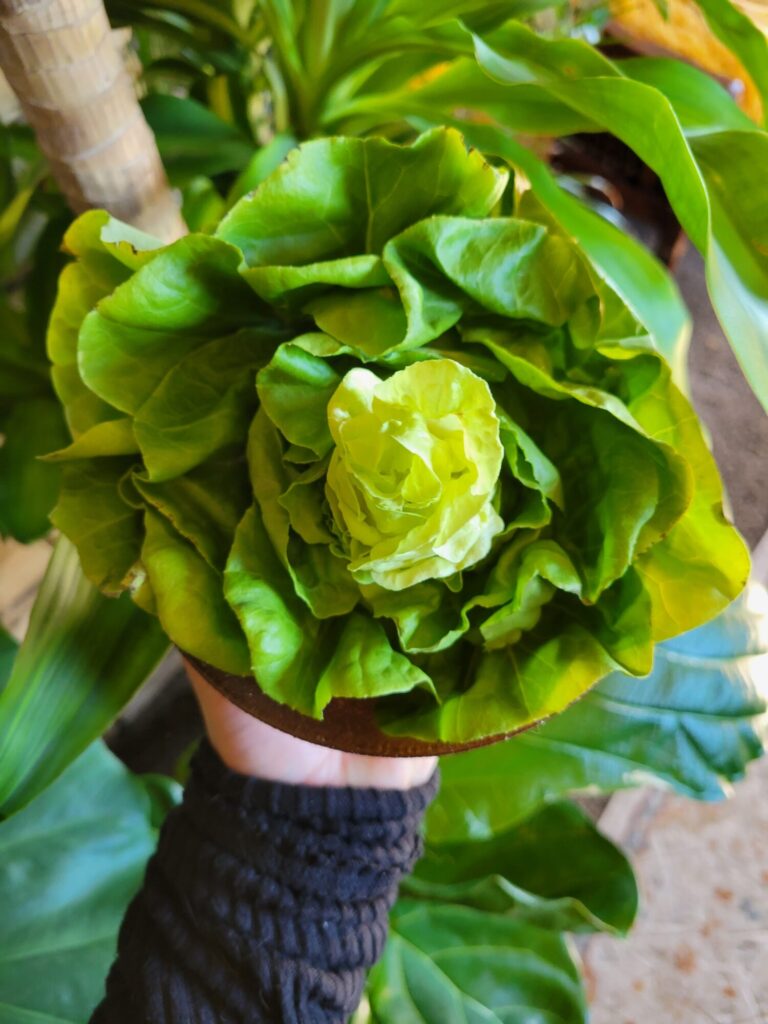








Leave a Reply